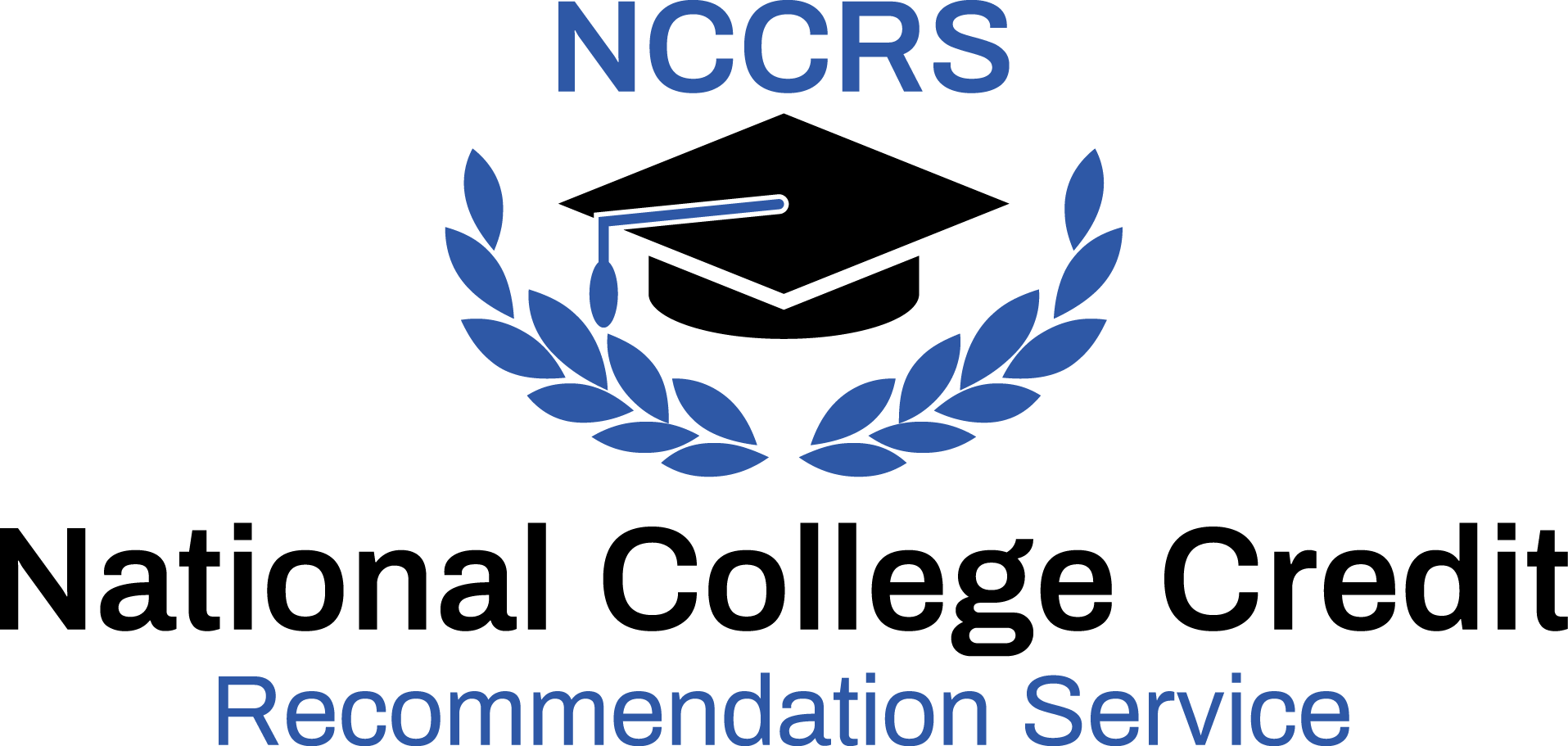Photo Credit: Getty Images/ elenaleonova
By Charles Knippen, President of the NSLS
Originally published in University Business
Face-to-face interaction is a big part of the college experience. Students create life-long friendships with their peers and often gain knowledge and experience from campus organizations that help them land a job post-graduation.
With the COVID-19 pandemic rocking colleges across the country, university administrators and organizations have been forced to rethink how they conduct business without completely losing the human interaction and socialization students have come to know and rely on.
At the same time, students are experiencing increased stress, anxiety and loneliness as a result of isolation and are looking to their universities for mental health support and safe ways to socially interact.
At the onset of the pandemic, The National Society of Leadership and Success (NSLS) noticed its over one million members were in need of support. The organization shifted gears to create Live Online, a structured, interactive virtual experience.
Live Online includes speakers, breakout sessions and networking opportunities—all critical parts of the NSLS program—in one easy-to-navigate location so students had one less technology issue to stress about going into the new school year. This platform introduced a new way for student organizations to maintain engagement through virtual collaboration.
While there is no one-size-fits-all approach to navigating a crisis of this magnitude, there are a few things administrators and organizations can do to prioritize and encourage virtual student interaction this school year. If implemented correctly and safely, student mental health and overall academic success can be improved at a time when support is critical.
1. Connect with students to know their needs
Connecting with and understanding your students is key. If you have created a virtual platform for your organizations or if you are in the process of doing so and haven’t connected with your students about what they want, need and expect, it will be more difficult to capture interest and participation. Students often join organizations because they want to be among the company of like-minded individuals, and to feel a sense of belonging.
Transitioning to a virtual model is more than hosting weekly Zoom meetings or coffee hours; it’s about creating buy-in and trust. Get students involved in the planning process, and don’t stop involving them once the process has been created. Polls, surveys and one-on-one meetings can capture feedback.
2. Reimagine organizational structure
Weekly or bi-weekly in-person meetings are likely a thing of the past until universities and public health departments can ensure it is okay to meet safely without putting students at risk. Organizational structure must support a virtual experience in order to keep student participation and social interaction active.
With many students already struggling with stress and their mental health, administrators and organizations should strive to make the transition as seamless as possible. One way to do this is by sticking with virtual platforms—like Google Classroom and Blackboard—students use most in their classes in order to build on what is familiar and comfortable.









